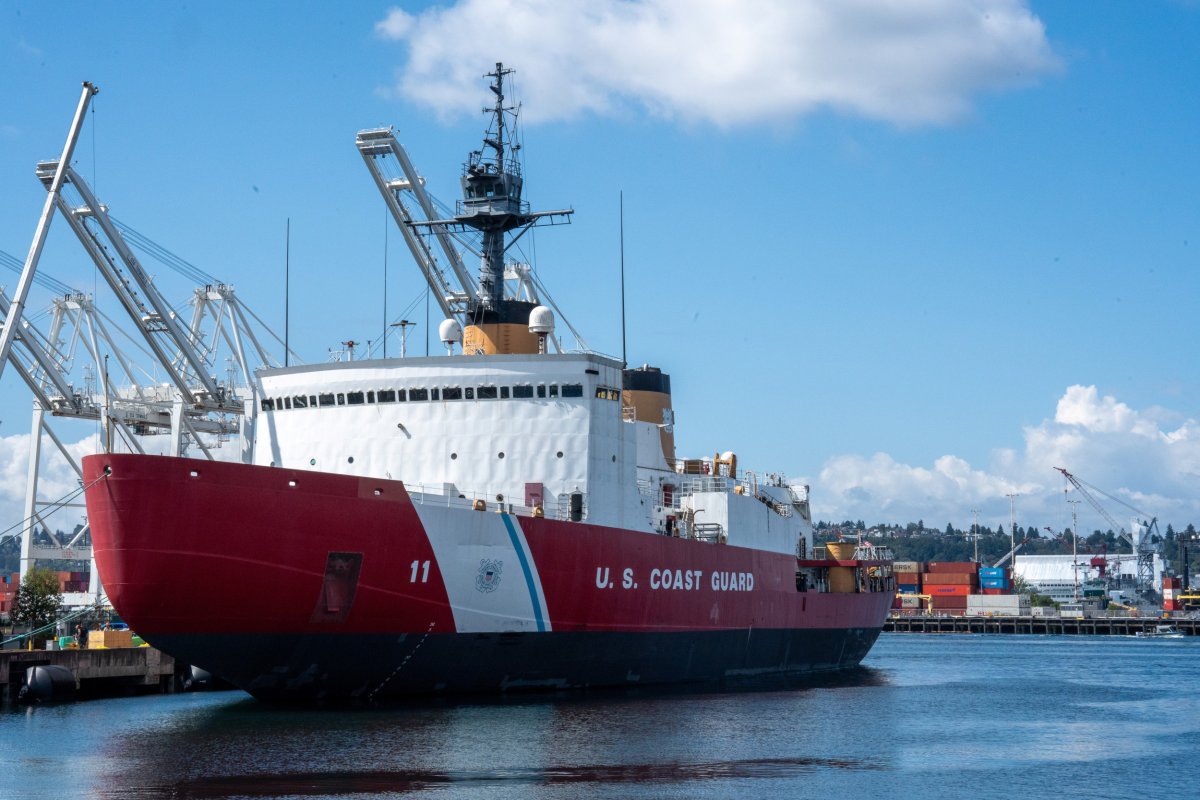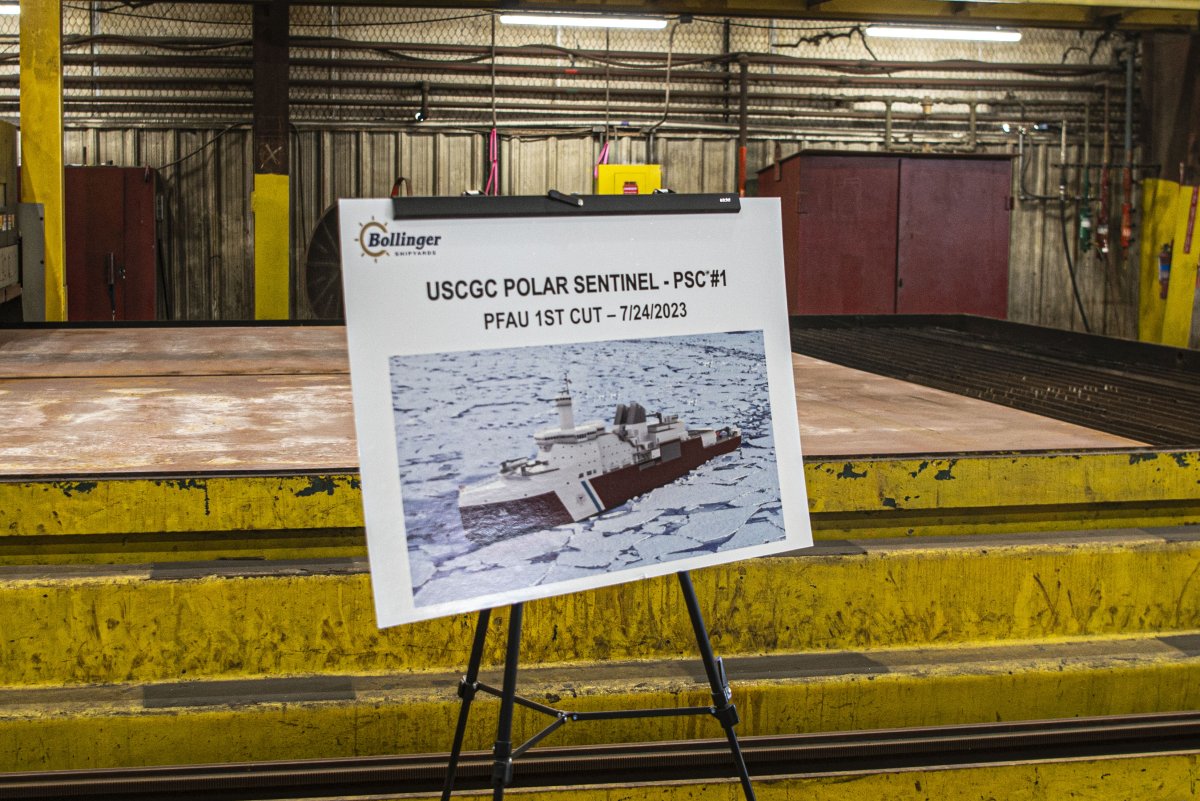In a notable development, China has dispatched three icebreakers to the Arctic for the first time, according to ship-tracking data. This comes as a U.S. icebreaker had to withdraw from its mission in the region due to a fire onboard.
Labeling itself a “near-Arctic state,” China, despite being about 900 miles from the Arctic Circle, is actively engaging in Arctic affairs, fostering partnerships, particularly with Russia. This has raised concerns among other Arctic nations.
Amidst increasing collaboration between Beijing and Moscow, the U.S. Department of Defense recently updated its Arctic strategy, emphasizing enhanced military presence and intelligence capabilities alongside collaboration with Western allies.
The icebreaker Xue Long 2, which participated in this Arctic voyage, recently docked in Murmansk, Russia, after an expedition across the frigid Arctic Ocean. This vessel, weighing around 14,000 tons, is recognized as the world’s first icebreaker capable of advancing through polar ice from both the bow and stern.

The Xue Long 2 embarked on its Arctic journey from Qingdao, China, on July 5. Notably, it was monitored by the Canadian Navy frigate HMCS Regina during its passage through the Bering Strait near Alaska.

Another icebreaker, Ji Di (meaning “Polar”), set sail from Qingdao on August 6. This next-generation vessel was launched in June and was recorded navigating Arctic waters north of the Chukchi Sea.
The third icebreaker, Zhong Shan Da Xue Ji Di (translated as “Sun Yat-sen University Polar”), left Guangzhou on July 27. This 5,852-ton vessel was donated to the university by private Chinese individuals.
While China enhances its Arctic presence, the U.S. Coast Guard Cutter Healy, an icebreaker, cut short its Arctic mission due to an onboard fire on July 25. Fortunately, crew members were unharmed, and the fire was contained. The ship returned to Seattle for repairs before resuming Arctic operations.

The Healy, commissioned in 2000, is the largest U.S. icebreaker with a displacement of 16,257 tons, and it was engaged in scientific studies in various Arctic seas. Meanwhile, the Polar Star, another key U.S. icebreaker, is undergoing refurbishment to enhance its systems and extend its operational lifespan.

The Coast Guard’s Polar Sea is currently inactive due to an engine failure and is being repurposed to support operations of the functional Polar Star until new icebreakers are commissioned.
As both the Polar Star and Healy reach the end of their operational lives, the Coast Guard plans to procure three next-generation icebreakers to uphold U.S. interests in the Arctic, with a projected cost significantly exceeding earlier estimates.

